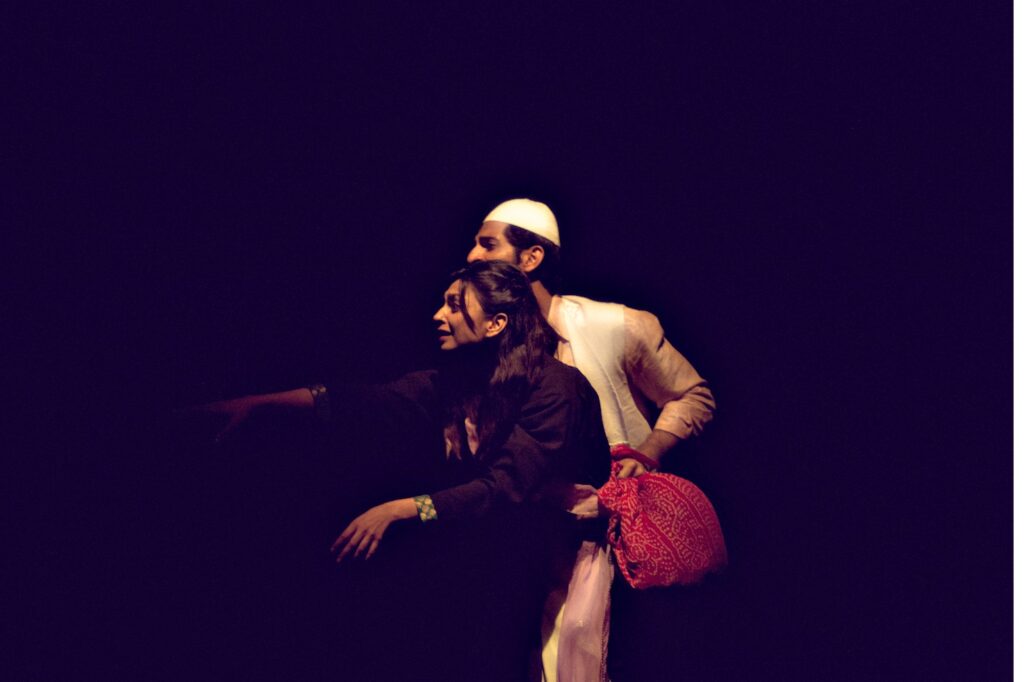In India theatre is performed since ancient times and has become an aesthetic thing. According to legends, it is believed that drama in India was gifted by the Gods to humans. The Golden era of drama is said to have lasted until the 5th century. Though the value of literature deceased, it was kept alive through dancers, musicians, and storytellers. Now it is regarded as a classical and traditional folk form.
Modern Theatre, has a legacy that is mostly influenced by the British or colonizers and they have drawn inspiration from varied sources. The new urban theatre is popularly known as Parsi theatre. This genre was an interesting mixture of Western Naturalistic drama, opera, and several local elements. To promote drama, the Government has given many incentives.
1972 was a milestone for the Indian Vernacular Theatre when Vijay Tendulkar’s Marathi play ‘Ghashiram Kotwal‘ became very popular. Also, a new set of directors like B. V. Karanth, Habib Tanvir, Bansi Kaul, Rattan Thiyyam and Feroz Khan contributed largely to modern contemporary theatre. Manjula Padmanabhan was the first Indian to earn international acclaim with her play ‘Bitter Harvest’, which won the highest Greek honor.
The message communicated to the target audience is well narrated. The messages given are able to make the rural audiences to think and analyze the issues and their problems. So today the majority of drama is based on spreading social awareness and in making the audience aware of the on-goings in the society.
For more contemporary theatre updates, stay tuned to IWMBuzz.com

